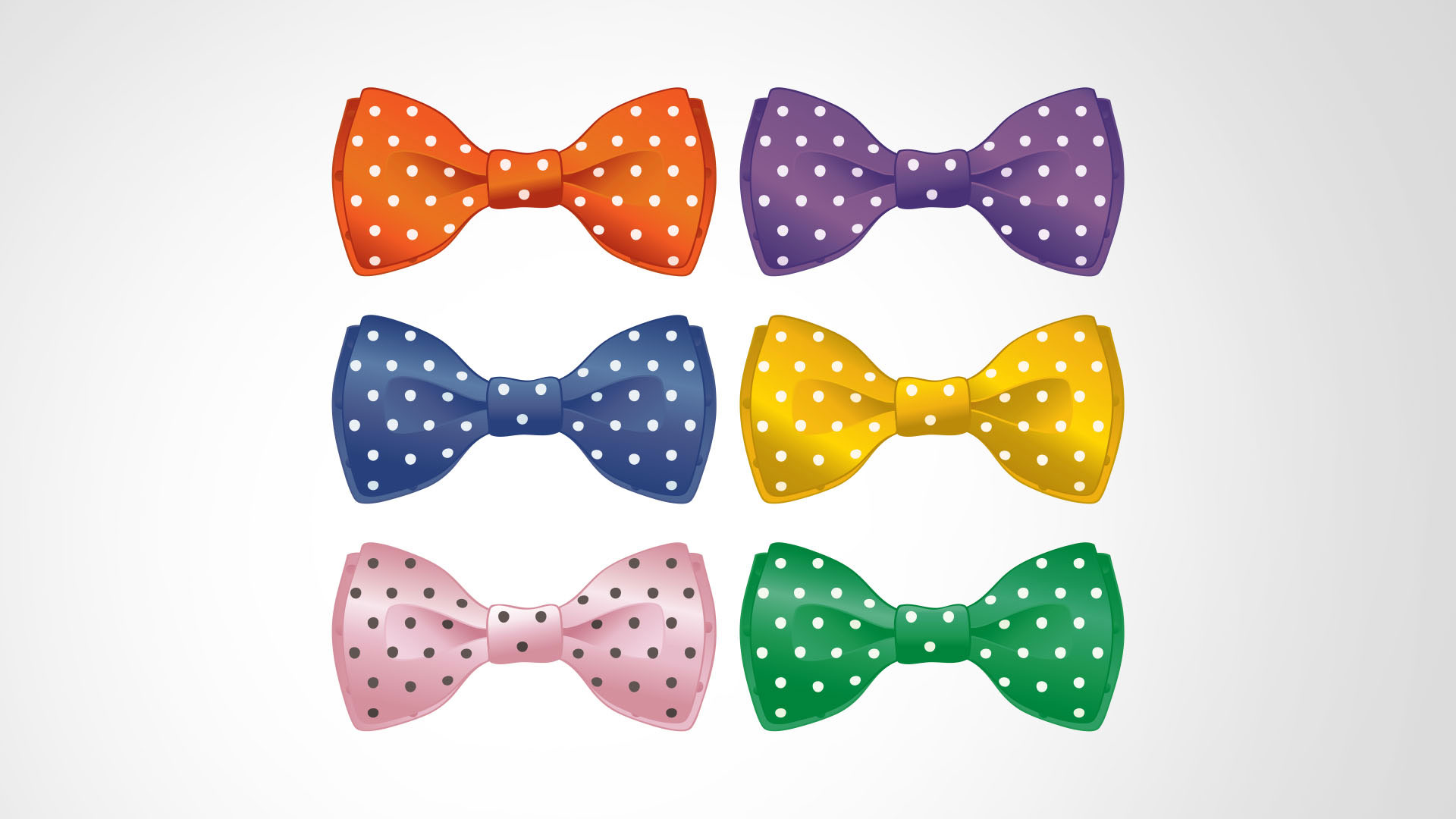Branding and colour
Colours give beauty to nature and to our lives. Their effect on us is much more important than we could ever possibly imagine. Their effect on our psychology, is immense in many aspects of our life. Each colour is unique and delivers different kind of messages (always in combination with each consumer’ s personal experiences and his/her feelings at the exact moment). To this effect, the power of colours must be thoroughly considered throughout a branding project.
Black radiates upper class, style and reliability. Blue is interwoven with transparency and certainty, power and the feeling of security. Green reminds us of something natural, fresh and healthy. Red transmits feelings of enthusiasm, passion, energy, an intense mood for adventure. Yellow combines a forward-thinking and radiates optimism, while orange oozes self-confidence and promotes sociability. Purple emits an essence of luxury, fantasy and some kind of nostalgia. Grey is considered to be a colour of balance and power. Brown guarantees earthy stability. Multi-colour transfers multi-civilization, positivity and a playfulness with no borders.
According to researches, men prefer intense and lively colours while women prefer more pale and softer ones. These conclusions affect the way male and female products are coloured. This is a result of social prejudice about gender. Nowadays, blue means boy and pink means girl, but it wasn’t always like that. According to the internet magazine “Smithsonian” up until the period before World War II, little girls and boys were dressed with the same simple white dresses, mainly for practical reasons. According to Joe Hallock’ s study with the title “Colour Assignments”, both genders prefer mostly blue colour while men seem to be indifferent -consciously or unconsciously- to purple colour. Really, have you ever seen pink tools for men? You won’t… at least not yet, not with the preceding social prejudice about colour and gender.
It has also been proven that colour contributes significantly to brand awareness. In the same way, consumer’s brain prefers brands with recognizable logos.
A new brand will try to differentiate from his basic competitor. So, if red prevails in the competitor’s brand, then blue will be chosen for the new brand.
Another important detail besides colour which affects consumers subconsciously during purchase, is how we call the colour. For example, if we have a product of green coloured bonbons, it would be much better if we call it citrus green than plainly green. The stranger the name is, the better for the sales. The same works the other way round. The majority prefers brown than moka, while it’ s the same colour,. This is because it has been noticed that the word moka, does not have a positive appeal to people.
Additionally, every space has a colour that fits better depending on the brand’s feelings. Red looks more appetizing, according to research, so food companies and super markets prefer it. In the same way, green colour is most chosen by ecological or biological companies, that aim to sell natural and health related products.
Concerning websites, no colour sells more than others. There are other important factors that play significant role. Firstly, the main colour of the website should fit the personality of the brand. Secondly, there should be a strong visual contradiction between colours. The more intense the contradiction is, the better the website will sell for the brand. According to the “Principle of Isolation”, it is easier for the consumer to recall the intensely coloured part that stands out .
Furthermore, different colours attract different “wallets”. According to researches, consumers who afford a higher budget prefer shades of blue while more compulsive consumers react directly to orange, black or red colour.
Whichever way one looks at it, colours send messages and create feelings affecting consumer during purchase, especially in combination with letter size and shape of logo. That’s why we would regard colour as a science. A very serious science.


